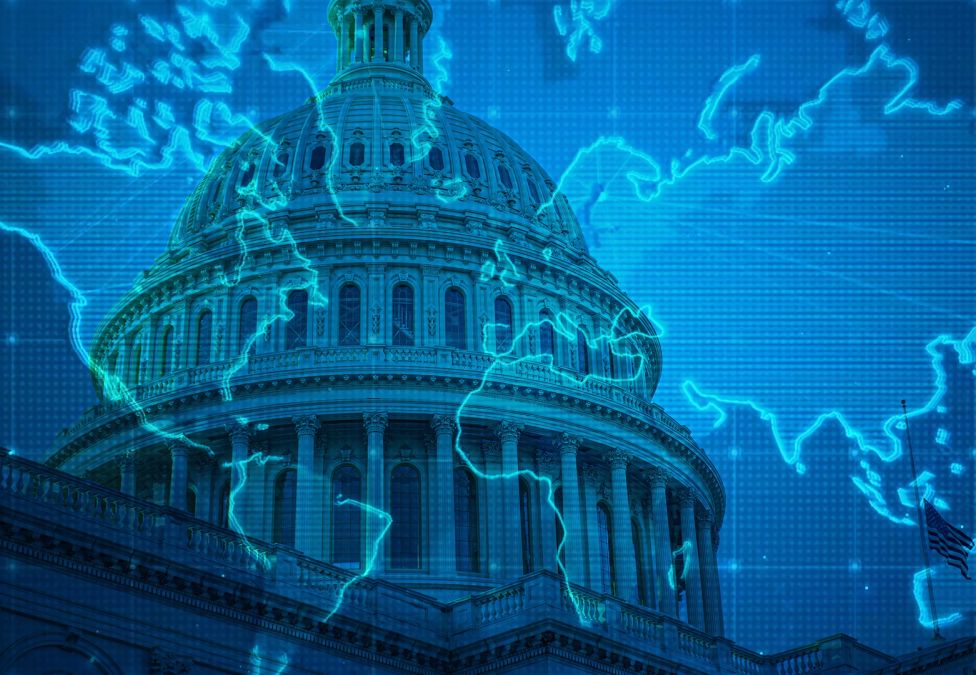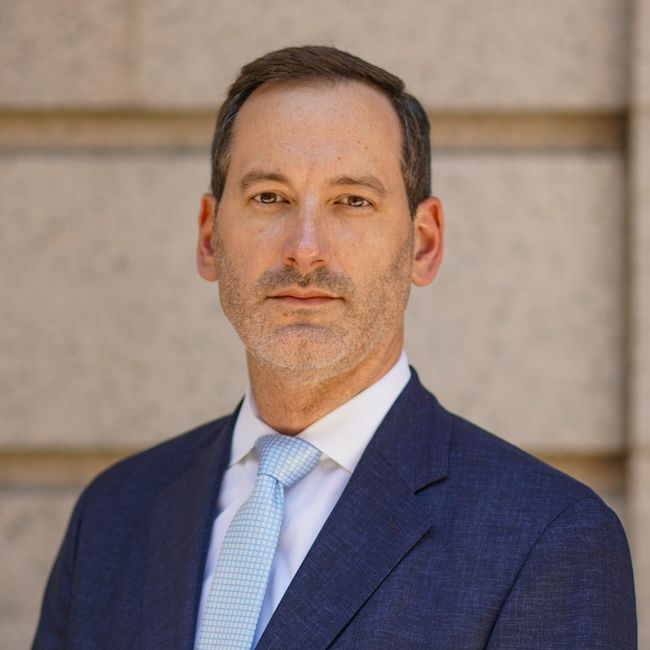
That the US International Development Finance Corporation (DFC) has emerged as a focal point of strategies for advancing US economic statecraft is of little surprise. US strategic competitiveness is coextensive with international security, investment, and economic development. This confluence of factors helped drive the creation of the DFC. Since 2019, the organization has mobilized private capital through an active portfolio exceeding $40 billion across 110 countries, promoting development and enabling economic opportunities worldwide through market-based initiatives. This stands in stark opposition to the coercive economic practices characteristic of authoritarian models and their global investment initiatives. Yet DFC’s full potential remains unfulfilled, and more needs to be done to enhance its flexibility in maximizing the strategic impact of US investments abroad.
Congress now has the opportunity to rapidly achieve this through reauthorization of the DFC. The Milken Institute has long supported efforts to fully realize the potential of DFC. Now that the government shutdown has passed, it’s time to expedite the ongoing shift in US posture from a largely reflexive position toward strategic competitiveness by putting DFC and the United States on the offense. Both the House and Senate have advanced their own versions of reauthorization. Both contain a number of significant upgrades to the existing authorities granted to DFC, as well as discrepancies that will need to be resolved.
Increasing the maximum contingent liability to the degree that both the Senate ($200 billion) and the House ($240 billion) vehicles for reauthorization propose is a fantastic starting point for consensus. The current level is $60 billion. The quality of all capital may not be equal, and although US investment can certainly be first among equals, current levels aren’t enough to fully advance US strategic interests on a global scale. The magnitude of the proposed increases addresses that challenge, as does the equity-focused solution. To date, the equity authority granted to DFC in the original Better Utilization of Investments Leading to Development Act has been inhibited by government accounting rules. The establishment of a revolving equity investment account should alleviate the challenge, presuming the account receives sufficient start-up appropriations from Congress. That both chambers have included this in their reauthorization language, combined with the increase in liability, will help ensure that the strategic allocation of resources can be both nimble and done at the scale needed to compete across geographies.
Unfortunately, therein lies another challenge. Geographical limitations on where DFC can invest, based on country income levels, are too restrictive. National income classifications do not capture subnational variation, nor do strategic interests stop at the border of high-income countries. Final reauthorization should remove geographical limitations for projects that can contribute to both economic development and international security. At a minimum, presidential certification to Congress should be enough to remove these restrictions in specific instances.
Congressional notification is currently required before the DFC makes financial commitments exceeding $10 million. The Senate’s version maintains this level, while the House increases it to $100 million. Syncing this threshold with the level at which the DFC Board of Directors is needed for approval of a commitment, currently $50 million, would help streamline the DFC’s operations and avoid unnecessary politicization.
The opportunity to streamline operations doesn’t end there. Through the greater use of subordinated positions in the capital stack (or junior/mezzanine positions), the DFC is able to crowd in additional private investment for economic development and international security objectives. This helps reduce the risk for the private sector and maximizes the impact of the DFC portfolio, ultimately enhancing the value of the US taxpayer’s investment. However, it is currently only able to do so through the citation of an undefined “substantive policy rationale” for taking such a subordinated position. The Senate version lays out a number of qualifying rationales, including 1) for a project receiving support from a development finance institution, 2) facilitating greater private sector participation, and 3) furthering DFC’s development objectives in the project. Meeting these is both reasonable and achievable, and their inclusion in the final reauthorization would help provide DFC with the clarity necessary for maximizing its portfolio.
Other opportunities for maximizing the portfolio exist through reauthorization. The Institute has long supported predevelopment spending as a crucial catalyst to close funding gaps for economic development projects. As we have previously noted, each $1 spent on predevelopment can generate $16–20 in total economic outcomes and funding leverage. The inclusion of project development grants for technical and other forms of predevelopment funding assistance in the legislation is vital. However, limiting the level of this assistance to small borrowers at $1 million may inhibit the realization of larger projects. Typical predevelopment costs range from 2–10 percent of total project costs. For larger projects, these costs may amount to only 2 percent of total project costs, but they can easily exceed $1 million in total. As a notable example, the average cost of 128 major maritime construction projects in 2024 was over $400 million. Limiting all project development grants to $1 million per project could inhibit DFC from initiating major projects of strategic importance.
For too long, too few have recognized that the strategic investment of capital has once again become indistinguishable from agency and power on the global stage. Today, it’s as core a component in the toolkit of economic statecraft as it has ever been. Against the backdrop of a multipolar world, the need for enhancing supply chain resilience through investments in key sectors and industries is paramount. The clock is ticking amidst tectonic geoeconomic shifts. Opportunities don’t last forever. Congress has the ability to secure a vital component in the US toolkit through smart reauthorization of DFC, and by doing so, help ensure international security, economic development, and US strategic competitiveness in the decades ahead.

















